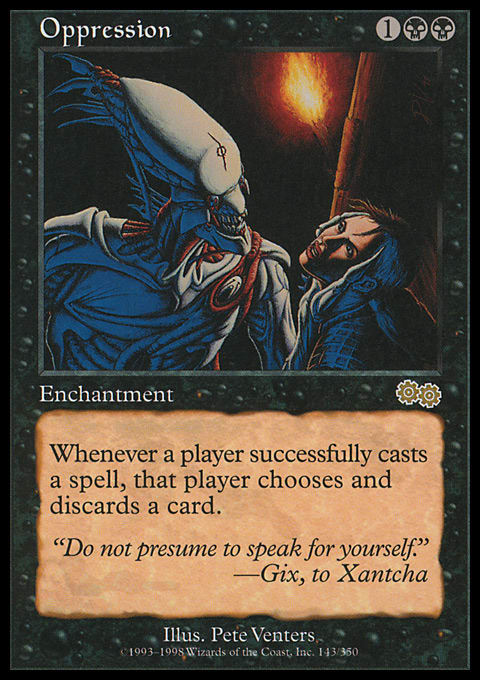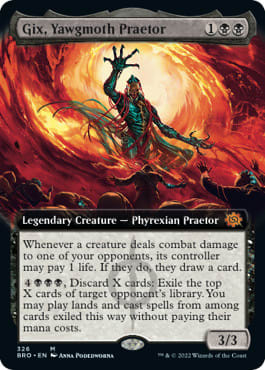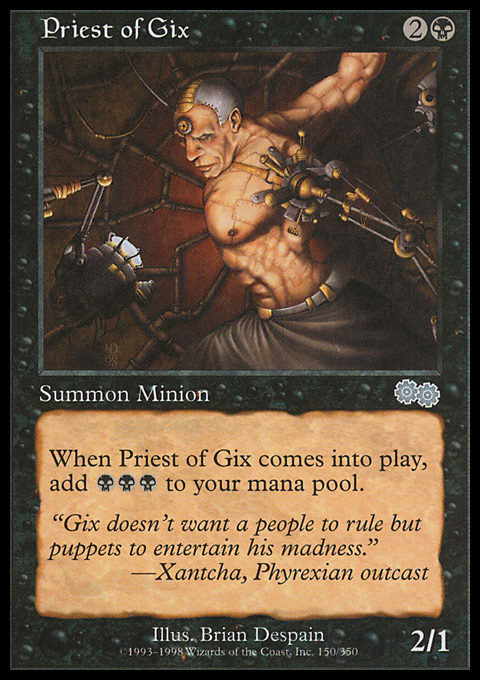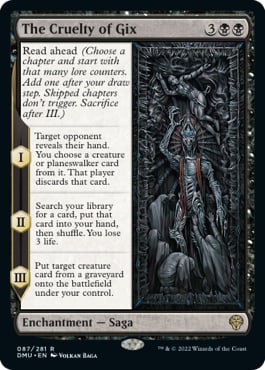Today, I want to take you back in time. Twenty-three years in the past all the way back to 1999. Pokemon was all the craze. The Red and Blue versions came out for the Game Boy at the end of the previous year and its impact was immediate and widespread. It wasn't long before we saw the arrival of a Saturday morning cartoon show, merchandise beyond belief, and - most importantly - a card game.
This card game graced American homes almost immediately, landing stateside in January 1999 - barely over three months after the release of the Game Boy titles. Like the video games that spawned it, the trading card game was an instant smash. If you were an elementary school student like I was at the time, the game was inescapable. You were either talking about the newest playground rumor about some hidden Pokemon that didn't actually exist or else you were swapping cards with your friends to try beefing up your deck for the next Pokemon League event.
The game holds a special place in my heart for many reasons, not the least because it's, frankly, the reason I got into Magic in the first place. My cousin would see my sibling and I playing Pokemon and realized, hey, that looks like simplified Magic! He showed us how to play and the rest is history. It wouldn't be long before I picked up my first packs of Urza's Legacy at my local card shop tucked in the bowling alley I played at every Friday night. I remember the first games, the first packs, the first times sifting through bulk boxes - everything. Because, frankly, it was simply magical and mind blowing to a nine-year-old kid like myself.
Then in the middle of that year, a family member gave me this little magazine. They bought it for me because they saw the famed Pokemon Charizard on the front and knew how much I'd been getting into card games lately. That magazine was none other than Scrye.
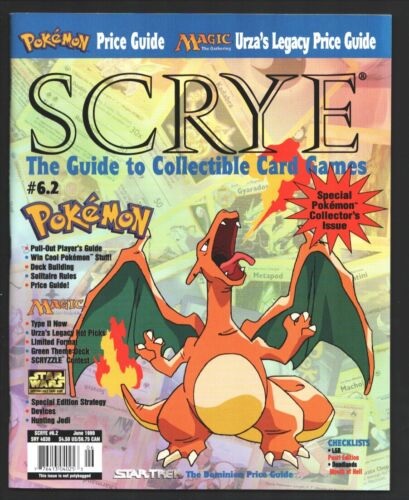
You see, back in 1999, the internet was still very young. We were still relying heavily on dial-up modems and janky services like America Online to be able to log on and check out the barest bones web pages imaginable. We didn't have sites like CoolStuffInc, MTG Goldfish, MTG Stocks, Dawnglare, and so on to help find out the latest card prices and deck strategies. No, instead we went to sources like Scrye magazine (or similarly The Duelist, Inquest, and TopDeck) to check out the latest in card game news and trends.
This magazine was my first time getting to experience such things. I had no idea that deck strategies were a thing. Nor did I understand individual card prices or how they worked. Up until this point, the only thing I'd experienced were booster packs that you'd open and see what you got and trades you'd do based on whatever arbitrary metrics you established between yourself and your friends. Going through this magazine felt eye-opening as a result, like discovering a well-kept secret that only you can know.
It was wild seeing the prices for Pokemon cards and getting a more defined understanding of what my collection offered. Even more important, though, was the important early history lesson the Magic side of the price guide provided me. Here I got to see things like condition guides for the first time and explanations on how to tell apart the various core sets that lacked set symbols. I got to see prices on cards like Black Lotus for the first time, which blew me away to see a Beta copy with a high value of $300! Could you imagine that, one card for $300?! Reading that felt like my head was spinning the first time, and the price even crazier now!
But there was one curious part to this whole guide. You see, Urza's Legacy was the most recent set to be added to the magazine's price guide. Most sets up until now featured one standard price guide, but Urza's Legacy featured something no other set had before that demanded a whole secondary guide: foil cards. In this, I saw all kinds of crazy numbers, and it was wild to see major discrepancies and changes. The highest card at the time with this brand-new set was this little card called Ring of Gix.
Seeing such a high price tag made me want this card that much more, like many chase cards of the day. This mentality drove me to covet (and eventually acquire) other cards like Mox Diamond, Sliver Queen, and Multani, Maro-Sorcerer. I didn't understand at the time that the reason for this price tag was the hype around it being a redux of powerful early Magic staple Icy Manipulator, but it got me hyped. It also filled me with wonder. Who was Gix? With all these sweet character cards, he for some reason hadn't gotten a card.
As the years went on, I read up on his lore. I found out how he played a critical role during the formation of Phyrexia, the manipulation of Mishra in the Brothers' War, and Urza's early battles against the Phyrexians as a planeswalker. I soon found myself finding other cards related to him besides simply Ring of Gix. There were Claws of Gix, Priest of Gix, and cards like Oppression and Tainted Aether depicting him in all his grotesque ferocity. There was even that creepy Vanguard card that showed the Phyrexian praetor in glorious, gory detail.
Gix was a major character in a major story often relegated to a more minor role in the cards. There was a sort of mystique to him that I simply couldn't help but fall in love with. For twenty-three long years I waited. Finally with the release of The Brothers' War I got my wish. Gix is here at last, and he's an absolute monster.
Gix's card doesn't disappoint. Not only are his stats pretty decent, but he's got two incredible abilities. His first ability is basically a Coastal Piracy that requires you to lose one life for each card you draw. That's extremely powerful for a Mono-Black deck, but more importantly it's tremendously reminiscent of Urza's Destiny powerhouse Yawgmoth's Bargain - allowing you to pay life to draw cards. If you get a big enough of a surplus of cards as well, you're able to pitch a bunch of them and Villainous Wealth whichever opponent you'd like.
Naturally, I couldn't help but put together a Commander deck around him. I've wanted this card for more than two decades now. He's getting a Commander deck, damn it!
Gix, At Last | Commander | Paige Smith
- Commander (1)
- 1 Gix, Yawgmoth Praetor
- Creatures (27)
- 1 Activated Sleeper
- 1 Ashnod, Flesh Mechanist
- 1 Bloodghast
- 1 Bone Shredder
- 1 Crypt Ghast
- 1 Defiler of Flesh
- 1 Entomber Exarch
- 1 Evolved Sleeper
- 1 Massacre Wurm
- 1 Nether Traitor
- 1 Phyrexian Delver
- 1 Phyrexian Gargantua
- 1 Phyrexian Obliterator
- 1 Phyrexian Rager
- 1 Plague Engineer
- 1 Priest of Gix
- 1 Scrapwork Rager
- 1 Skinrender
- 1 Stronghold Assassin
- 1 Plague Myr
- 1 Soul of New Phyrexia
- 1 Vault Skirge
- 1 Wurmcoil Engine
- 1 Geth, Lord of the Vault
- 1 K'rrik, Son of Yawgmoth
- 1 Sheoldred, Whispering One
- 1 Skithiryx, the Blight Dragon
- Instants (5)
- 1 Dark Ritual
- 1 Defile
- 1 Dismember
- 1 Go for the Throat
- 1 Necrologia
- Sorceries (10)
- 1 Black Sun's Zenith
- 1 Damnation
- 1 Diabolic Intent
- 1 Feed the Swarm
- 1 Gix's Command
- 1 Life's Finale
- 1 Night's Whisper
- 1 Praetor's Grasp
- 1 Sign in Blood
- 1 Victimize
- Enchantments (6)
- 1 Dauthi Embrace
- 1 Diabolic Servitude
- 1 Mortuary
- 1 Phyrexian Arena
- 1 Phyrexian Reclamation
- 1 The Cruelty of Gix
With Gix, the very first thing I did was dug into cards related to his name and image. This included old classics like Claws of Gix and Oppression as well as new ones like Gixian Infiltrator and Gixian Puppeteer. Unfortunately, as I worked on the deck, I found that many of these lacked synergy with how the deck was coming along or simply weren't that great. No one's playing Ring of Gix in Commander, regardless of how iconic it may have been once upon a time. Cards like Oppression, Tainted Aether, and Claws of Gix actually are genuinely great cards, but they're far less great when you aren't running a deck built to benefit from them. I'd love Oppression if this were a dedicated Reanimator deck, and while that is definitely a part of the deck, it's not enough of one to warrant a card like this here.
The reality is that while Gix played a big part in a number of Magic's major early stories, he's been fairly underrepresented in cards over the years. It took nearly a quarter of a century to get his own card, and in the time where he was largely a forgotten relic, there weren't any cards coming out anywhere referencing him anywhere. It's almost shocking given how much the game has repeatedly returned to the well of classic characters over the years, but alas.
Instead, I opted to focus more on what Gix represented: classic Mono-Black Phyrexia. Gix was, if you'll pardon the pun, Yawgmoth's Will as he went from plane to plane chasing after Urza and Xantcha following the path of destruction Urza inflicted on the plane. Back then, Phyrexia was a Mono-Black plane as opposed to one working off all colors of mana like we see in New Phyrexia now. So, I sought to sort of go back to the classic Magic villains' original vibe with just a dash of New Phyrexia to help round things out.
To say I love the results is an understatement. In some ways, this deck feels like it could be a sort of Classic Commander list. If you're a long-time player like myself, after all, you'll recognize many of these card choices - several of which came from my most formative years with the game. Mortuary, Stronghold Assassin, and Necrologia all represent a lot of what happens on Rath, which represented an early precursor to the first Phyrexian Invasion. We then see more Phyrexia with the likes of Phyrexian Reclamation, Dark Ritual, Phyrexian Processor, Bone Shredder, Victimize, and so on. Finally, with the actual Invasion, we see them once more with cards like Phyrexian Rager, Phyrexian Gargantua, and Phyrexian Delver.
Every single one of those cards represents an individually powerful card. Some are removal, some are card advantage generation, and others make even more creatures. You haven't lived until you cast a Phyrexian Processor and paid well over ten life to it to make one giant creature after another each turn. Even if you don't want to play this in Commander, it's something you can currently do in The Brothers' War Limited and I highly recommend giving it a try. Speaking of that set, it - as well as many other recent releases in the past few years - have provided us a handful of additional glimpses into Old Phyrexia.
Some obvious ones include Gix's Command, a fresh-faced reprint of the ever-Phyrexian Diabolic Intent, and the absolute house that is Portal to Phyrexia. That's to say nothing of Ashnod as well who, while not directly a part of Phyrexia, was instrumental in Gix's plot to warp Mishra. And that's just in The Brothers' War. The Cruelty of Gix provided an outstanding homage to Gix's legacy on Dominaria in Dominaria United. It's a powerful card where every mode can absolutely cripple your opponents turn after turn. Finally, there is K'rrik, Son of Yawgmoth. In truth, he's not Yawgmoth's literal son, but wears it more as a title, and was instrumental in bringing down the Tolarian Academy after the fall of Gix. That might is well represented in Commander where he's a true force to be reckoned with, and can let you play many of your cards with ease.
Despite all the classic Phyrexia love, it'd be hard to really represent Phyrexia in a deck without dipping into New Phyrexia material as well. This includes some obvious choices from the set and block of New Phyrexia, such as Praetor's Grasp, Massacre Wurm, and Skithyrx, the Blight Dragon - the one and only infect creature large enough to be good enough on his own. There's an extra helpful touch from the likes of Batterbone, Batterskull, and Wurmcoil Engine as well - all of which provide you lifelink options in a deck that so heavily plays the classic Suicide Black-style of draining your own life in payment to take out your opponents in quick succession.
It's actually surprising how densely packed I was able to get a deck like this to fit the theme of Phyrexia. When I think of Phyrexia - especially classic Phyrexia - I tend to think of cards like Lurking Evil, Phyrexian Plaguelord, and Eviscerator. Even the classic Suicide Black card Phyrexian Negator is more a relic of the past and just isn't good enough now, though this deck can still nod to it with the help of Phyrexian Obliterator and Phyrexian Totem. Despite the weaknesses of classic Phyrexia due to power creep, however, there's only a handful of cards in this deck that don't actually represent Phyrexia itself, which rules.
Most of these cards fill a more utilitarian role to help flesh out the deck. Phyrexia doesn't have much by way of mana rocks, so even though cards like Charcoal Diamond, Mind Stone, and Worn Powerstone aren't necessarily Phyrexian, they work here to service the deck. So too do lands like Cabal Coffers, Castle Locthwain, and Reliquary Tower - the latter of which works especially well with the likes of Gix. Feed the Swarm, Night's Whisper, and Damnation similarly aren't exactly Phyrexian, but fit the general vibe and provide some abilities that Phyrexia simply isn't able to offer at a decent rate yet. And then there's cards like Bloodghast and Nether Traitor to fuel the handful of sacrifice strategies and Crypt Ghast to help get you to Gix's Villainous Wealth ability with ease.
In the end, it all comes together to form a deck that shows one thing: the power of Phyrexia. I'd argue there isn't much of a central theme here outside of that. No fancy strategy, very little in cute synergy with the commander. No, this is just all about Phyrexia - a glutton of strength, ferocity, and good stuff - and the mad praetor who helped bring it to power. I've waited decades to be able to build this deck. I hope you get to as well, and that you get to bring the true might of Phyrexia down on your opponents at your next Commander night.
Happy thirty years to Magic, indeed.
Paige Smith
Twitter: @TheMaverickGal
Twitch: twitch.tv/themaverickgirl
YouTube: TheMaverickGal




















